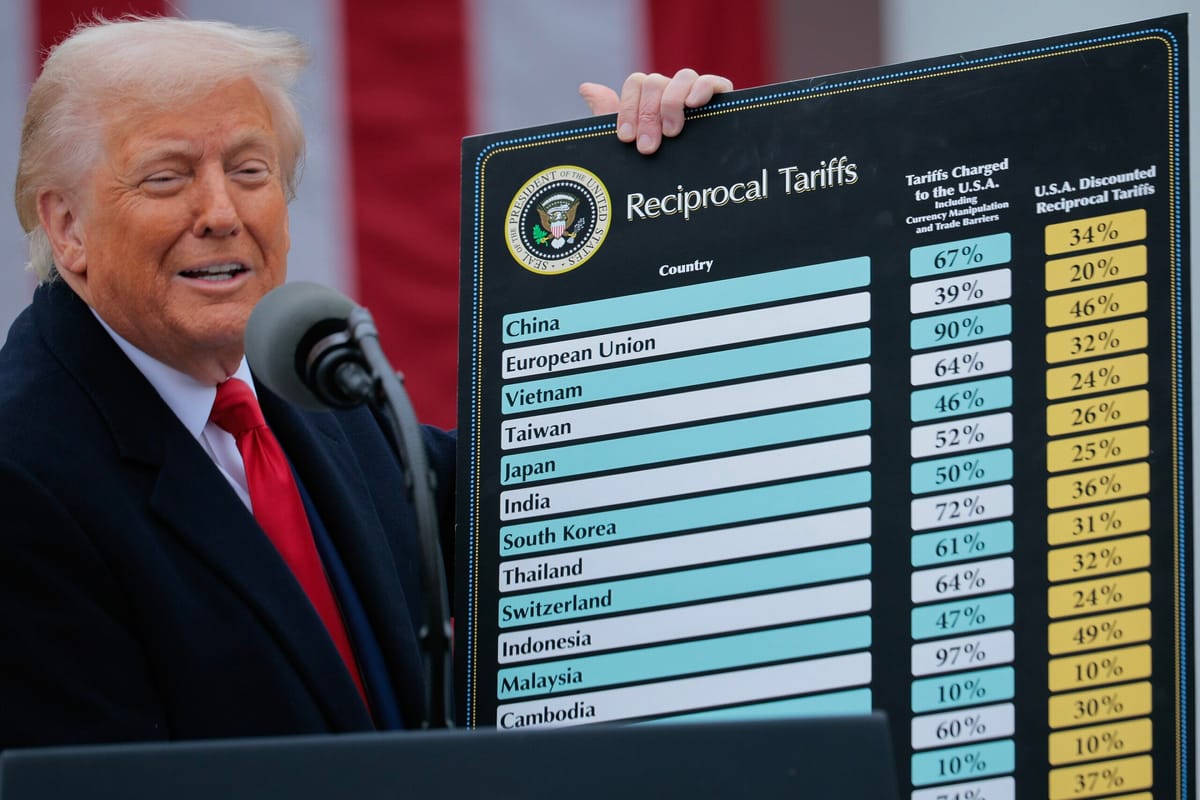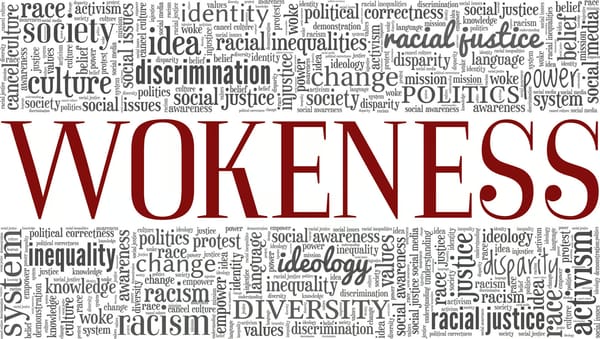Trump's Tariff Tantrum: Genius or Disaster Waiting to Happen?

Donald Trump’s back in the White House, and he’s dusting off one of his favorite economic playbooks: reciprocal tariffs. Love him or hate him, the man’s got a knack for shaking things up, and this strategy — slapping tariffs on imports to match what other countries charge us — promises to be a wild ride. The stated goal? Level the playing field, boost American jobs, and stick it to nations that’ve been “ripping us off” for years. But what if there’s more to this than meets the eye? Let’s peel back the layers and explore an alternative take on Trump’s tariff gambit — complete with some unexpected perks and pitfalls that could reshape America in ways even the Don might not see coming.
The Basics: What’s This Tariff Thing All About?
First, a quick primer for the uninitiated. Trump’s reciprocal tariff strategy isn’t about throwing random taxes at the wall and seeing what sticks. It’s a tit-for-tat approach: If China slaps a 25% tariff on our cars, we hit their goods with the same. If the EU taxes our steel at 10%, we mirror it right back. The idea’s simple — force fair trade by making it painful for others to keep their barriers up. Trump’s been hyping this since his first term, and as of April 2025, with his second stint underway, he’s got the political juice to make it happen.
Economists are split. Critics warn of price hikes and trade wars; fans cheer the pressure on foreign competitors. But let’s step off the beaten path. Beyond the headlines, there’s a slew of unintended consequences — some surprisingly good, others downright messy — that could sneak up on us. Buckle up, America — this isn’t just about steel and soybeans.
Unintended Benefit #1: A Renaissance for Small-Town Makers
Picture this: Tariffs jack up the cost of cheap imports flooding in from overseas. Suddenly, that $5 widget from Shenzhen doesn’t look so hot next to a $7 version made in, say, Youngstown, Ohio. Trump’s team might not have planned it, but this could spark a mini-boom for small manufacturers and artisans who’ve been crushed by globalization. Think family-owned factories, indie toolmakers, even Etsy sellers scaling up to meet demand.
- The Upside: Jobs trickle back to forgotten corners of the Rust Belt and beyond. Communities left for dead get a pulse again.
- The Numbers: Pre-Trump, manufacturing employment hovered around [12.4 million](https://www.bls.gov); a tariff-driven shift could nudge that up, even if just by a million or two.
- The Vibe: There’s something poetic about Main Street fighting back against mega-corporations outsourcing everything.
It’s not all rosy — big firms might still chase cheaper labor elsewhere. But for the little guy? This could be a lifeline nobody saw coming. A tariff wall might just build a bridge to a bygone era of American craftsmanship.
Unintended Benefit #2: A Green Twist Nobody Expected
Here’s a curveball: reciprocal tariffs could accidentally turbocharge the green economy. How? By making imported goods pricier, they’d give U.S.-based renewable energy companies — like solar panel makers or wind turbine builders — a leg up. China’s been dominating that market, churning out dirt-cheap panels with lax environmental rules. If Trump’s tariffs bite, domestic firms could seize the moment, especially with Biden-era clean energy incentives still lingering.
Imagine it. A factory in Nevada cranking out solar cells, hiring local workers, all because importing from Guangzhou got too expensive. Trump, the self-styled oil-and-gas champ, might unwittingly hand eco-warriors a win. Irony doesn’t get richer than that. Could this be the nudge America needs to lead in green tech? Stranger things have happened.
Unintended Consequence #1: The Revenge of the Supply Chain
Now, let’s flip the coin. Tariffs sound great until you realize how tangled our supply chains are. Take your average pickup truck — parts bounce between Mexico, Canada, and Michigan before it rolls off the line. Slap reciprocal tariffs on that mess, and costs spiral fast. Manufacturers might eat the hit, pass it to you, or — plot twist — move more production overseas to dodge the chaos entirely.
- The Ripple: A [2024 study from the Peterson Institute](https://www.piie.com) pegged Trump’s first-term tariffs as adding $1,300 annually to household costs. Round two could double that.
- The Headache: Companies like Ford or GM might shift plants to Vietnam or India, not Ohio, if the math stops adding up.
- The Sting: Everyday stuff — think sneakers, TVs, even groceries — gets pricier, hitting working families hardest.
Trump’s betting foreign nations blink first and lower their tariffs. But what if they don’t? We could end up with a self-inflicted wound — less “America First,” more “America Foot-Shot.”
Unintended Consequence #2: Global Allies Turn Frenemies
Here’s where it gets geopolitical. Reciprocal tariffs aren’t just economic — they’re a middle finger to allies who’ve relied on cozy trade deals with us. The EU, Canada, even Japan might not take kindly to getting tariff-slapped over policies they see as fair. Retaliation’s already brewing; the EU’s eyeing levies on American whiskey and Harley-Davidsons, a throwback to 2018’s tariff tussle.
What’s the fallout? Our buddies could start cozying up to China instead, forming trade blocs that leave us out in the cold. NATO might feel the chill too — economic spats have a way of souring military vibes. Trump wants to strong-arm the world into fairness, but he might accidentally push our pals into Beijing’s arms. That’s not a trade war; that’s a diplomatic dumpster fire.
The Big Picture: A Gamble With No Guarantees
So, where does this leave us? Trump’s reciprocal tariff strategy is a high-stakes poker game — bold, brash, and banking on America’s clout to win the pot. The unintended wins could be sweet: a revival of small-town grit, a surprise boost for green tech. But the downsides loom large — supply chain snarls and alienated allies could haunt us for years.
This isn’t about whether you’re Team Trump or not. It’s about peering past the slogans and asking: What happens when the dust settles? Will we see a stronger, self-reliant America, or a nation scrambling to fix what broke? The beauty — and terror — of this plan is its unpredictability. Tariffs might reshape our economy, our towns, even our place in the world, in ways nobody’s fully game-planned.
Looking Forward
Trump’s rolling the dice, and we’re all along for the ride. Maybe you’re cheering the return of “Made in the USA,” or maybe you’re dreading the next price tag you scan. Either way, this strategy’s ripple effects will touch every corner of the country — from factory floors to grocery aisles to the halls of power. What do you think: genius move or reckless swing? Drop your take below — because in this game, everyone’s got skin in it.





